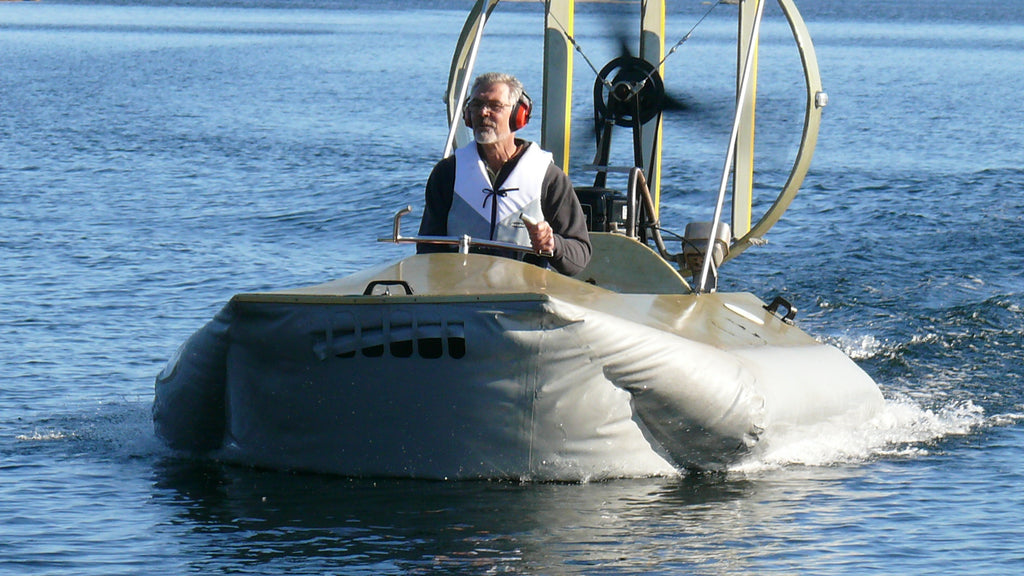

Have students mark these locations on the map, using a different colored marker than used to mark predictions. Have students read about where the ducks traveled using the Port Technology article, How Rubber Ducks Reveal the Ocean Currents. Test predictions by reading about the ducks' actual paths. Have students mark the map with a different color where they think the ducks washed up on shore.Ĥ.

Apply Ocean Conveyor Belt information to predict the movement of rubber ducks.Īs a class, have students predict where the ducks traveled, based on the Ocean Conveyor Belt. For example, the first group of ducks to make landfall washed up on the shores of Alaska.ģ. These ducks traveled thousands of miles on ocean currents, providing new information about these currents.
Speeding the geo duck full#
Tell students that in this location, in 1992, a cargo ship full of bath toys spilled nearly 92,000 rubber ducks into the Pacific Ocean. Have students mark 44N, 178E on their maps. Mark the location of a 1992 cargo ship spill of rubber ducks. Have students draw the Ocean Conveyor Belt on the World Physical MapMaker Kit.Ģ. Also known as thermohaline circulation, the conveyor belt is a system in which water moves between the cold depths and warm surface in oceans throughout the world. The ocean conveyor belt is caused by differences in water temperature and salinity. Explain to students that this is a depiction of ocean currents called the Ocean Conveyor Belt. So yesterday I was hanging out at the pool and was stuck trying to figure out just who should I profile for this week’s Mascot Monday.Display the Ocean Conveyor Belt cartoon from the Resource Carousel. I might as well do a mascot that’s water based.” You know what? There’s hardly a college mascot out there that is water based.
Speeding the geo duck pro#
Sure, pro sports has plenty of Sharks, Dolphins, and Devil Rays but at the college ranks, there’s hardly a mollusk. So for this week, I will talk about the only mollusk mascot and one of the only water based mascots in college, Evergreen State’s Speedy Geoduck.Įvergreen State is a liberal arts college established in 1967. Its non-traditional roots led to the formation of a couple of athletics teams but unfortunately they have no football program. Hey, when it comes to water based mascots, you gotta reach for whatever is available. I’ve looked around all that I can for other tid bits of history for Evergreen but I just couldn’t find it. Hey, I guess that’s what you get for being a middle aged liberal arts college. So at some point, the school decided that they should be called the Geoducks. As this article explains, it’s not a duck at all but some ginormous form of mollusk. How does it stack as a mascot? Well, the Speedy Geoduck is a somewhat decent representation of the sea faring fella. So a geoduck has a shell and then the body extends out from it not unlike a snail. Speedy Geoduck is just that but with human arms and legs. Okay, so that’s gross just a little bit but when you look a the animal itself, the cards are already stacked against him. So instead of the natural mollusk color, Speedy Geoduck’s flesh is all green in school colors. You know, I’m not going to sugar coat this. This is a rather lame choice for a mascot. I know that there is an attempt at humor and irony, Evergreen State is an alternative liberal arts college, but still it fails at achieving what it set out to do.

There’s other sea creatures that the school could’ve of chosen from. But of course, that would be just too bland. So we have Speedy Geoduck and he’s at the ready position to fight and cheer for his fellow classmates. Let me give some advice to Evergreen State, and while I’m at it let me give to all colleges out there.


 0 kommentar(er)
0 kommentar(er)
